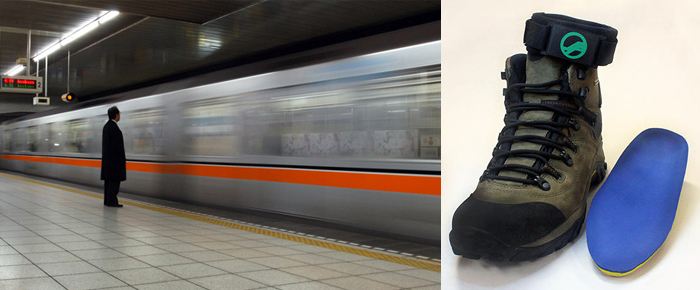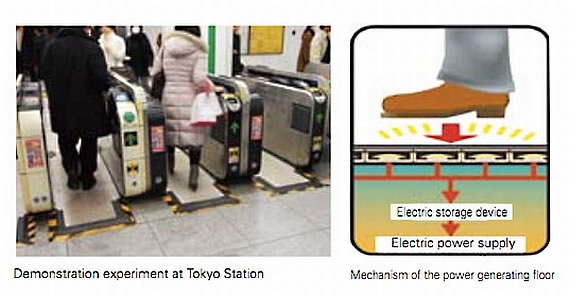
By Haddon Libby
As reported by NASA, Earth is warming at its fastest rates in over 1,300 years. This additional heat in the atmosphere has caused seas to rise by nearly 7 inches over the last century due to the melting polar caps. Resultantly, aberrant weather patterns are happening with increased frequency. Left unchecked, the continued warming of Earth will lead to deadly disruptions in food and water supplies globally.
It is no longer questioned by most scientific organizations that the burning of fossil fuels is a key contributor to global warming and potentially dangerous future events. As such, for global survival, we need to reduce pollutants in the air. This is best done by moving toward renewable fuels.
At present, about one seventh of the world’s energy usage is from renewables. Hydropower is the most common renewable source accounting for nearly 75% of all renewable energy.
As those of us residing in the Coachella Valley know, the last ten years have seen explosive growth in the use of solar and wind power. Other places like Brazil have seen an explosion in the use of biofuels, an energy type that has enriched their country greatly lifting many from poverty.
Another type of renewable energy will be debuting later this year – Solepower – electric generators imbedded in your shoes.
Created by two 2012 graduates of Carnegie Mellon University in Pittsburgh, Hahna Alexander and Matthew Stanton, Solepower captures kinetic energy by embedding an electromagnetic generator in the heel of your shoe’s sole. Each step pushes on a generator that spins and creates 20 watts of energy per step. This energy is then stored in a lithium battery that can be used to recharge a smartphone or power a lightbulb. At present, a 2 1/2 mile walk is sufficient to fully recharge a smartphone.
While this may not be a life changing event for you, this technology will have a life changing impact in places where electricity is limited or not available. For example, in Kenya 84% of all people have cell phones but only 14% have reliable access to electricity. In other underdeveloped areas of the world, the ability to create energy by simply walking will create enough electricity to power their evening lighting while eliminating the need for costly kerosene.
Here in the United States, Solepower will be targeting hikers and outdoor enthusiasts in the sale of their sole inserts. Expected to hit stores later this year, a set of these insoles will cost approximately $150. As Alexander and Stanton want to get these shoe-powered electricity generators onto the feet of the impoverished globally, for every pair that you buy, Solepower will heavily subsidize the sale of a set in an underdeveloped area of the world ($30).
In Japan, a different type of foot energy is being tested by the East Japan Railway Company (JR East). In their Tokyo station, JR East installed a floor that captures the energy created when train passengers walk to and from each train. The pressure caused by each step is then used to create the electricity that is used to power the train station. Termed piezoelectricity, this type of electricity is created via pressure.
If these two advances in renewable energies do not seem like something out of a science fiction novel to you, this next one might: energy created from noise.
In early testing, scientists are finding that sound waves create pressure just like footsteps. The challenge is in creating the cost effective materials that can capture this energy and convert it to electricity.
While the end of global warming may not be a step away, solutions are coming at a pace that is faster than most think.











































